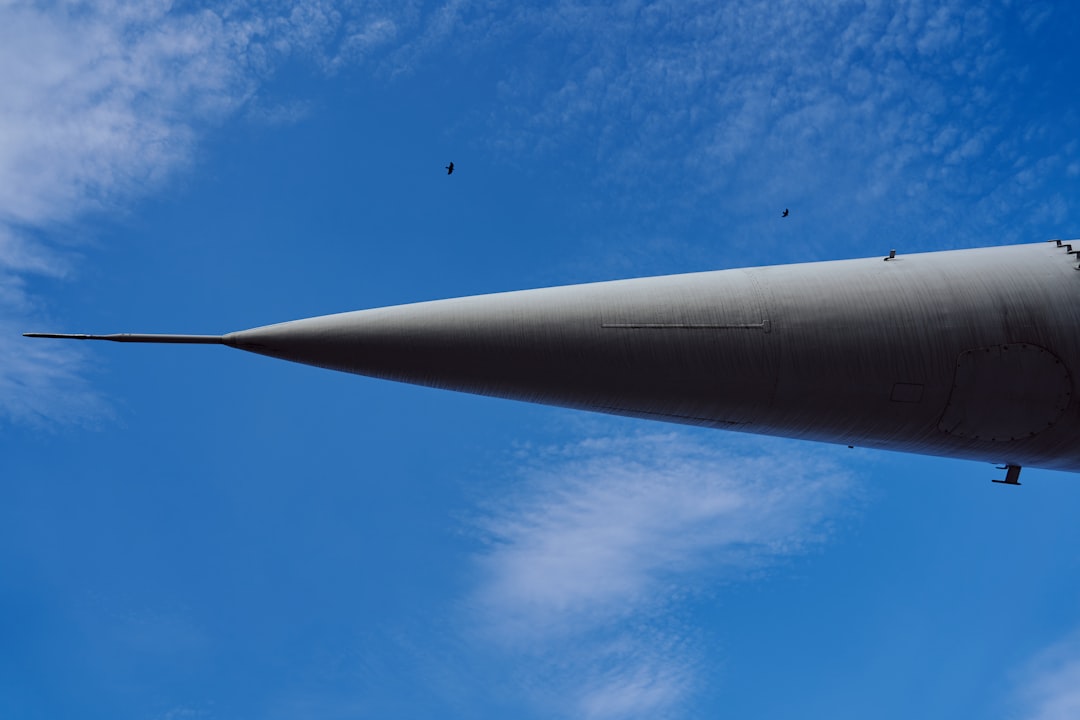SpaceX, the pioneering aerospace company led by Elon Musk, recently conducted the ninth test flight of its ambitious Starship spacecraft. This flight marked another significant milestone in the company’s long-term vision of developing a fully reusable rocket system capable of carrying humans to Mars and beyond. Although the spacecraft reached orbital altitudes successfully, the flight ended with the vehicle entering an uncontrolled spin, highlighting both the progress made and the challenges that remain in advancing next-generation spaceflight technologies.
The Starship program represents one of the most ambitious aerospace projects currently underway, aiming to revolutionize space transportation. Unlike traditional rockets that are single-use or partially reusable, Starship is designed to be completely reusable, which would dramatically reduce the cost of access to space. Achieving orbit with a fully reusable spacecraft is critical for this vision, enabling routine missions for satellite deployment, crewed spaceflight, and interplanetary travel.
During the ninth test flight, the Starship rocket successfully launched from SpaceX’s Boca Chica launch site in Texas, propelled by its powerful Super Heavy booster. The vehicle ascended smoothly, and telemetry data confirmed that it achieved orbital velocity, an important benchmark that few previous Starship tests managed to reach. This success demonstrated improvements in the rocket’s engines and avionics, reflecting the company’s iterative development approach, where rapid prototyping and testing enable continuous enhancements.
However, despite reaching orbit, the flight concluded unexpectedly when the Starship vehicle began to spin uncontrollably during its descent phase. This spin compromised the spacecraft’s stability and prevented a controlled landing, effectively ending the test in a crash. SpaceX engineers immediately began analyzing telemetry and onboard sensor data to determine the root causes of the anomaly. Preliminary assessments suggest possible issues with the vehicle’s flight control system, aerodynamic surfaces, or fuel distribution.
Such challenges are common in pioneering aerospace test flights and reflect the inherent risks in pushing the boundaries of current technology. Each test flight is an opportunity to gather valuable data, validate designs, and uncover hidden issues that must be addressed prior to operational missions. SpaceX has a history of learning rapidly from its failures; previous Starship test flights have similarly encountered explosions or control losses before improvements were implemented.
Beyond the technical specifics, this test flight highlights the broader evolution of commercial space exploration. SpaceX’s approach to rapid iteration contrasts with traditional aerospace development timelines, which often span decades. By launching and testing frequently, SpaceX accelerates technology maturation and demonstrates tangible progress to stakeholders and the public.
The successful orbital launch portion of the flight also opens the door for future missions that may include more complex maneuvers, longer durations in space, and even cargo or crew transport. SpaceX’s ultimate goal is to establish sustainable human presence on Mars, requiring fully operational Starship vehicles capable of safe reuse and reliable landing.
Analysts in the aerospace industry see this flight as a meaningful, if imperfect, step forward. They note that the combination of success and failure in the same mission is characteristic of complex spaceflight programs, especially those innovating new propulsion, structural, and control technologies. The data collected will inform design tweaks, software updates, and hardware improvements, paving the way for successful future launches.
In parallel, SpaceX continues to build a robust launch ecosystem around Starship, including ground infrastructure, mission planning, and regulatory compliance. Coordinating these aspects is critical for transitioning from experimental flights to routine commercial operations. Global interest in Starship remains high due to its potential to lower launch prices and expand humanity’s reach in space.
Looking ahead, the company plans additional test flights with incremental enhancements aimed at resolving flight control challenges and improving vehicle reliability. Each successive test is expected to bring Starship closer to operational readiness, enabling not only satellite deployments but also ambitious crewed missions to lunar orbit, Mars, and beyond.
In summary, SpaceX’s ninth Starship test flight symbolizes both the extraordinary progress in modern rocketry and the complex obstacles that accompany groundbreaking innovation. Successfully reaching orbit underscores the technical prowess of the team and the maturity of the design, while the uncontrolled spin highlights the ongoing need for refinement and rigorous testing.
This test flight provides a wealth of technical insights that will undoubtedly shape the future of space exploration, demonstrating the value of bold experimentation and resilience in overcoming the formidable challenges of space travel.
Space enthusiasts, industry experts, and global audiences alike will continue to watch closely as SpaceX advances its Starship program toward the historic goal of making space travel more accessible, sustainable, and ambitious than ever before.
Big Tech News
SpaceX
















Leave a Reply